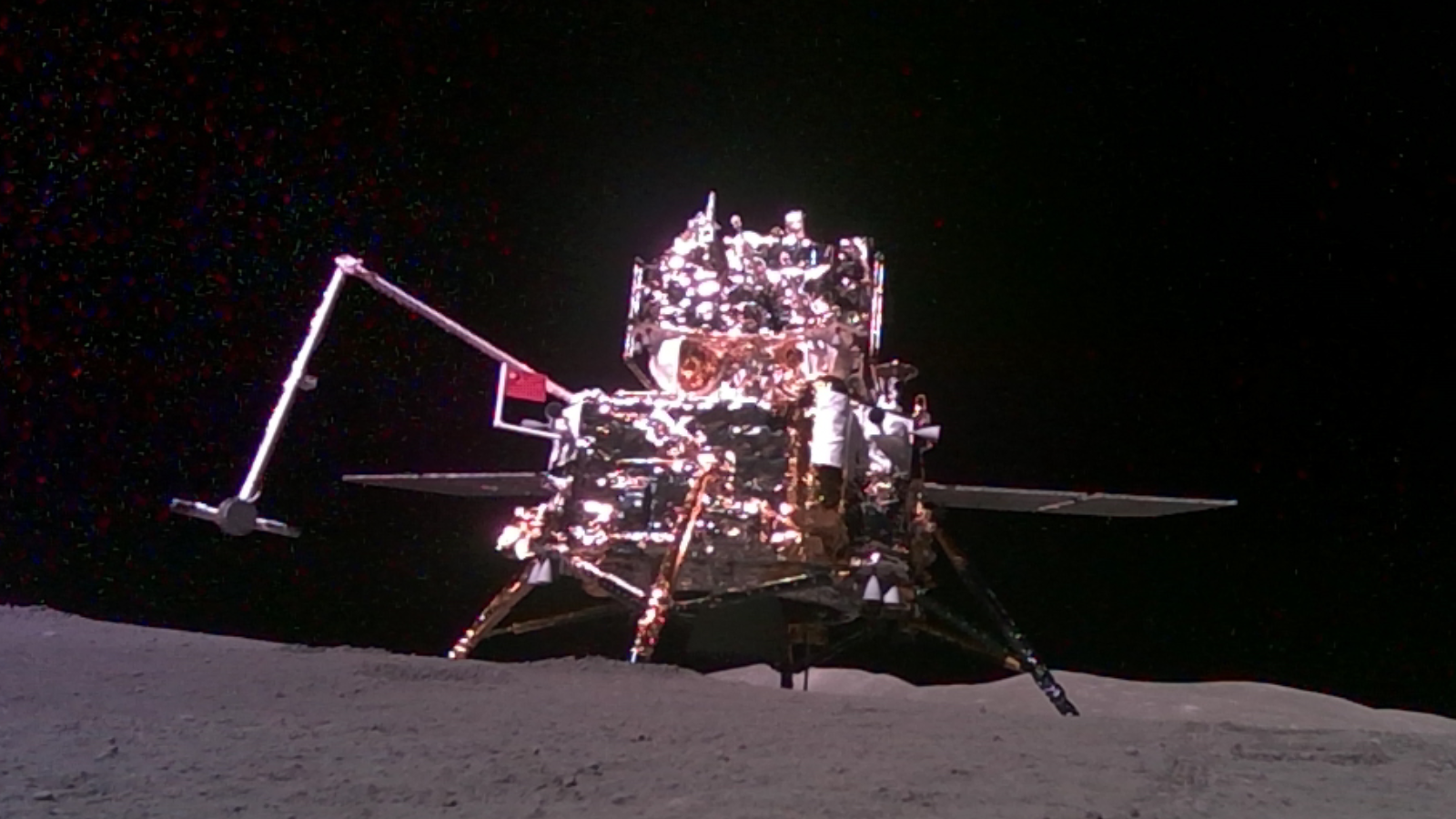
The next-generation engines that NASA is counting on to power missions to an asteroid and Mars will begin taking shape soon.
The space agency has awarded California-based company Aerojet Rocketdyne a $67 million, 36-month contract to design, build and test an advanced, superefficient solar electric propulsion (SEP) system. These new engines should have a profound impact on the future of spaceflight, NASA officials said.
"We basically are building a new drive train that enables whole new platforms for deep-space exploration," Bryan Smith, director of the Space Flight Systems Directorate at NASA's Glenn Research Center in Ohio, said during a news briefing Thursday (April 21). [Electric Vehicles to Explore Deep Space (Photo Gallery)]
SEP systems convert solar power to electricity, then use this electricity to accelerate ions out of a nozzle, generating thrust. Engineers have been developing SEP technology for more than half a century, and such ion thrusters have been used on multiple spacecraft over the years, including NASA's Dawn probe, which is currently orbiting the dwarf planet Ceres.
SEP engines are much more efficient than traditional chemical rockets, requiring less fuel to travel a given distance. However, ion engines generate less thrust than standard rockets do, so it generally takes SEP-powered craft quite a bit longer to get from Point A to Point B in space.
NASA said it wants Aerojet Rocketdyne to give ion engines more oomph, up to twice the thrust capacity of currently available SEP systems. The agency plans to use the advanced ion engines on a variety of missions, including its project to pluck a boulder off a near-Earth asteroid and drag the piece into orbit around the moon. There, astronauts will visit the rock.
The more powerful SEP system should also aid NASA's plan to put boots on Mars by the end of the 2030s, agency officials said. Such engines would still be too slow for crewed Red Planet missions (which would likely employ traditional, chemical propulsion), but they would allow cheaper and more efficient transport of the large amounts of cargo and infrastructure required to support astronauts, Smith said.
Get the Space.com Newsletter
Breaking space news, the latest updates on rocket launches, skywatching events and more!
SEP systems "allow you to either step down in launch-vehicle class, or increase cargo," he said.
NASA aims to launch the robotic asteroid-capture probe by 2020 or 2021. The new SEP system should be ready to go by then, if all goes according to plan, agency officials have said. (The astronaut visit to the redirected boulder, using NASA's Orion capsule and Space Launch System rocket, will occur in 2025 or 2026.)
Follow Mike Wall on Twitter @michaeldwall and Google+. Follow us @Spacedotcom, Facebook or Google+. Originally published on Space.com.
Join our Space Forums to keep talking space on the latest missions, night sky and more! And if you have a news tip, correction or comment, let us know at: community@space.com.

Michael Wall is a Senior Space Writer with Space.com and joined the team in 2010. He primarily covers exoplanets, spaceflight and military space, but has been known to dabble in the space art beat. His book about the search for alien life, "Out There," was published on Nov. 13, 2018. Before becoming a science writer, Michael worked as a herpetologist and wildlife biologist. He has a Ph.D. in evolutionary biology from the University of Sydney, Australia, a bachelor's degree from the University of Arizona, and a graduate certificate in science writing from the University of California, Santa Cruz. To find out what his latest project is, you can follow Michael on Twitter.









